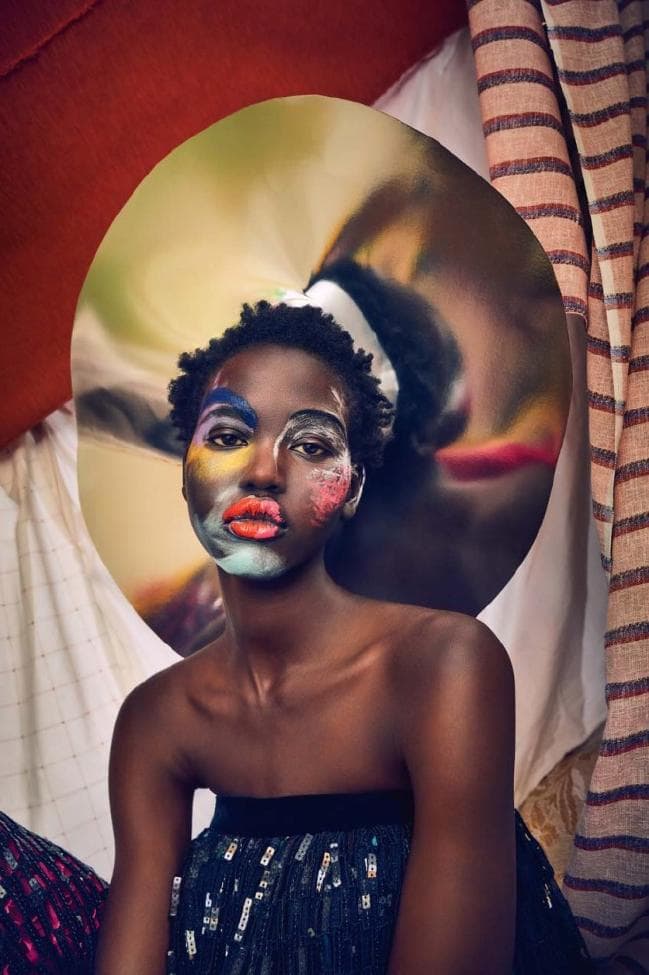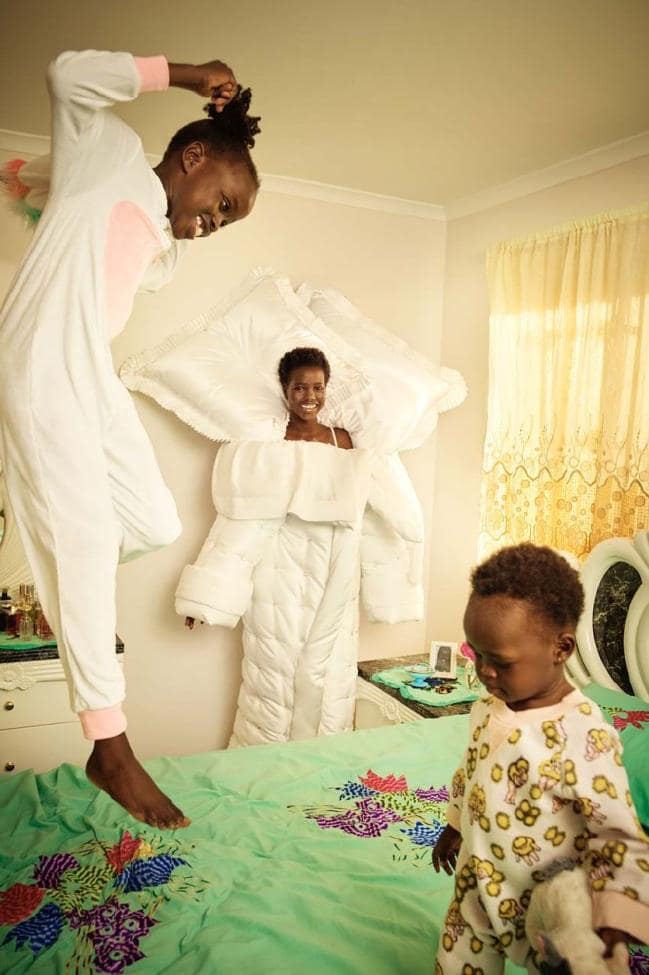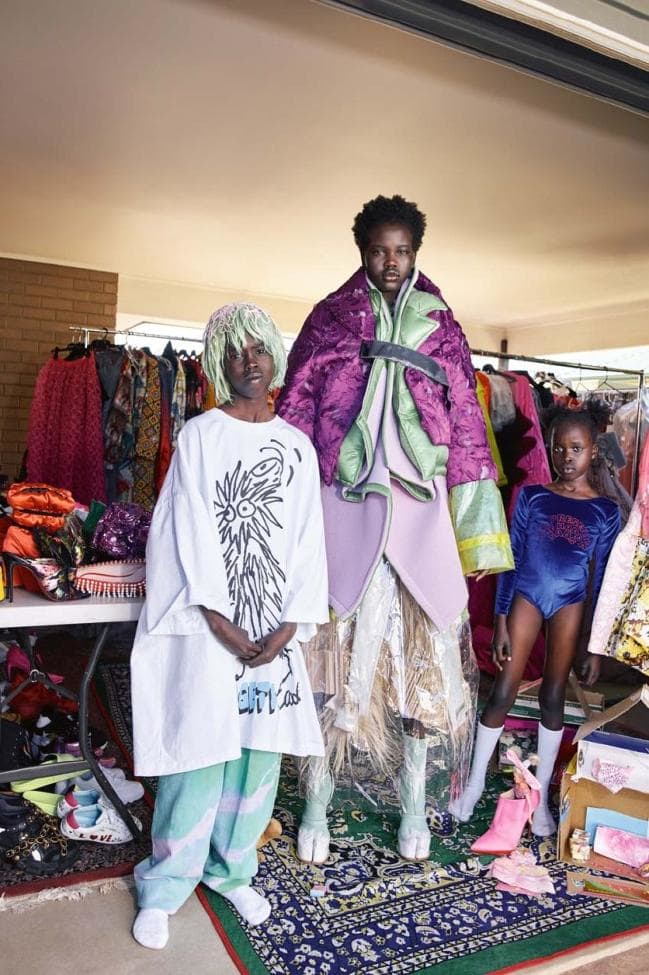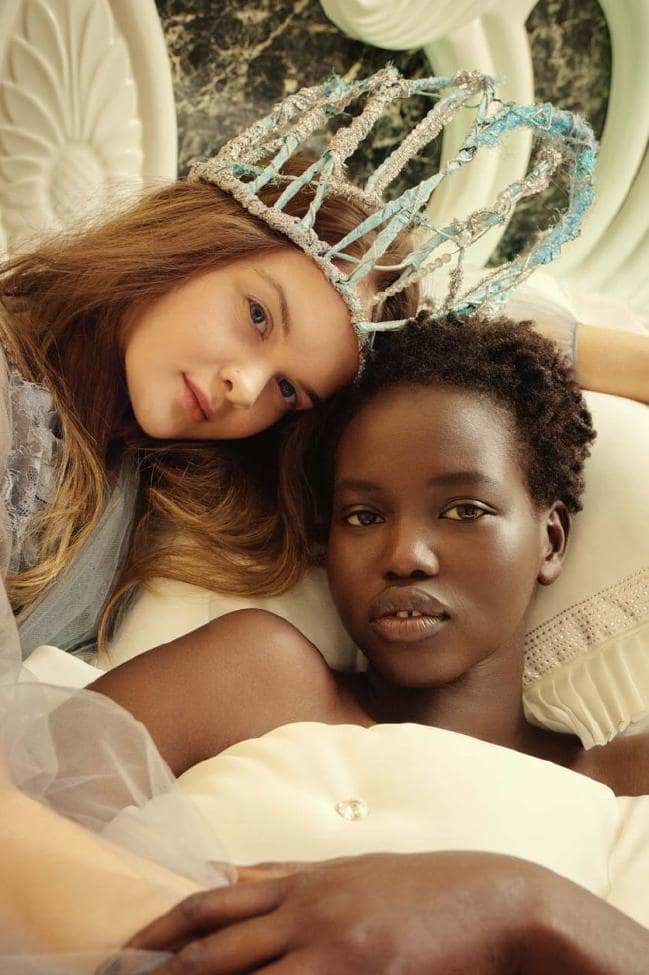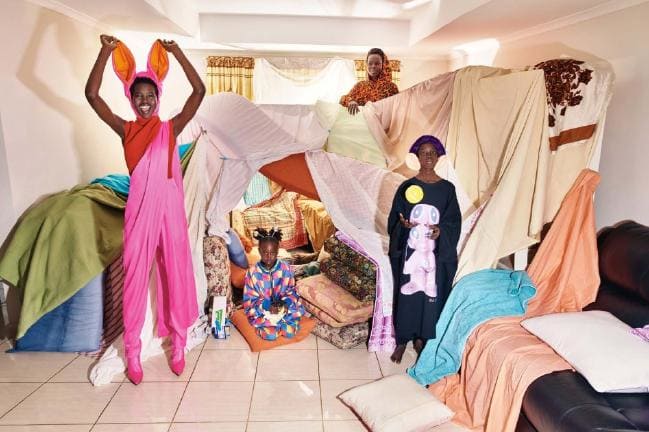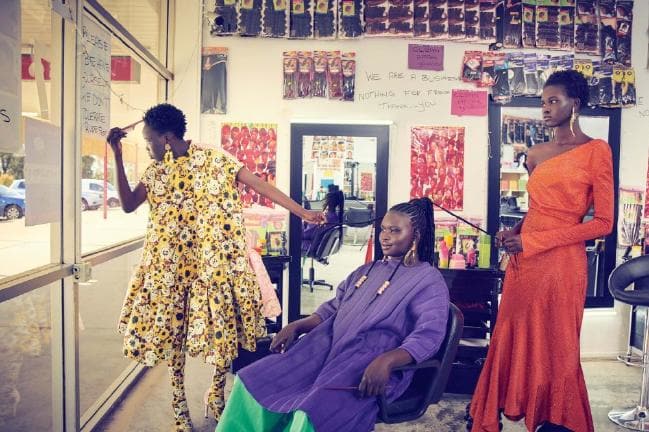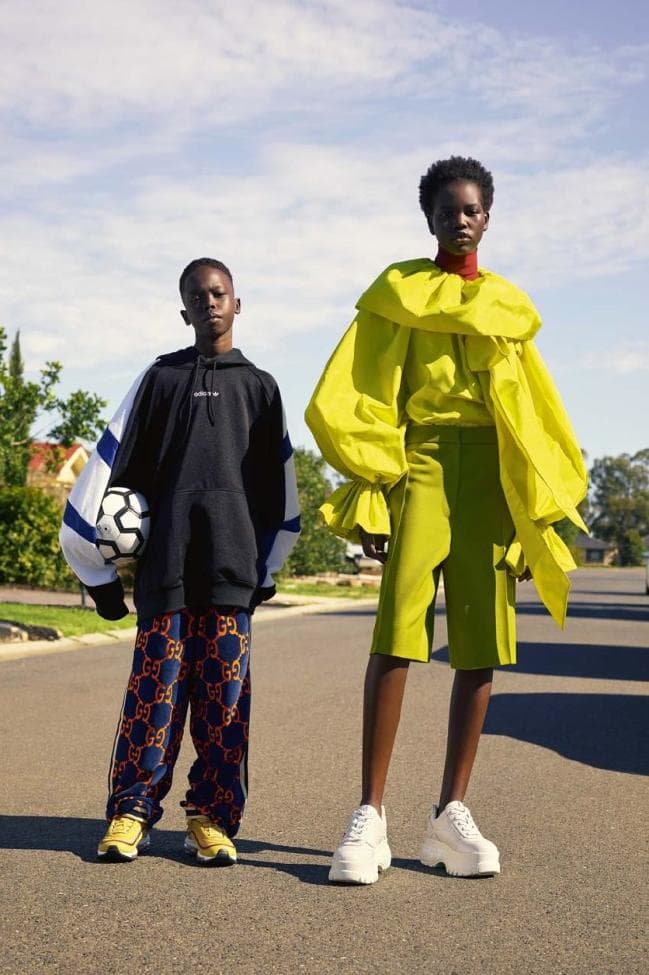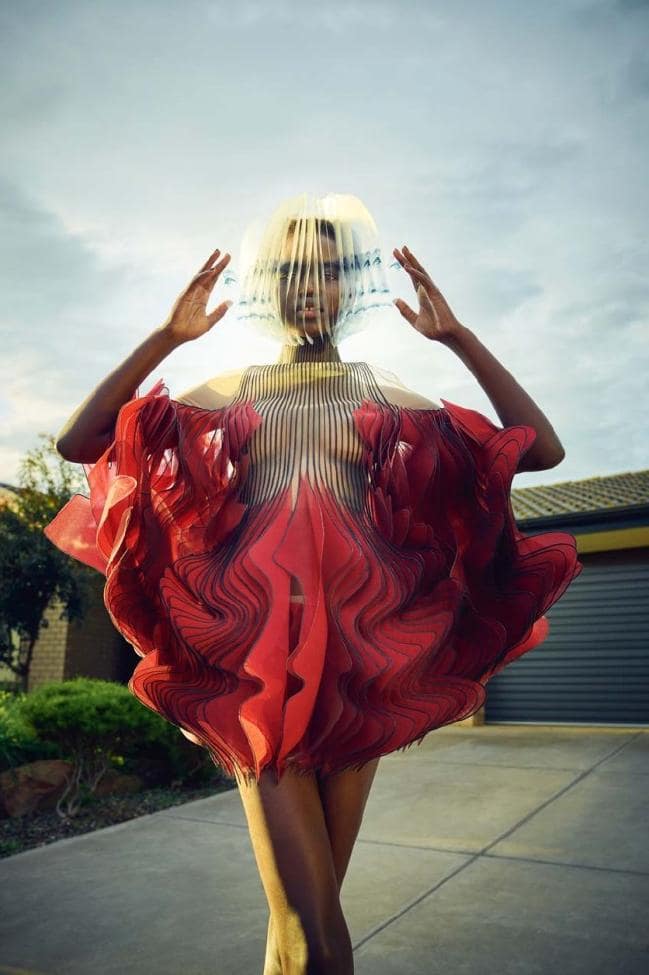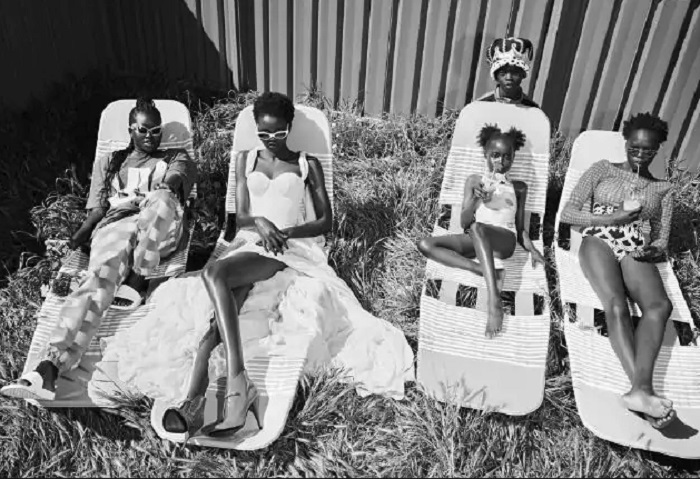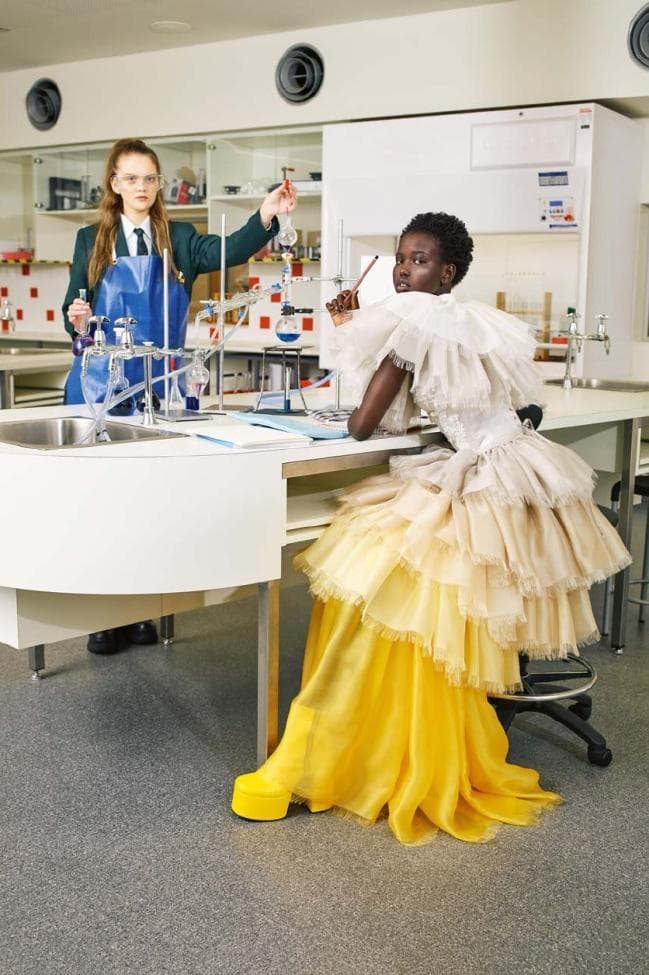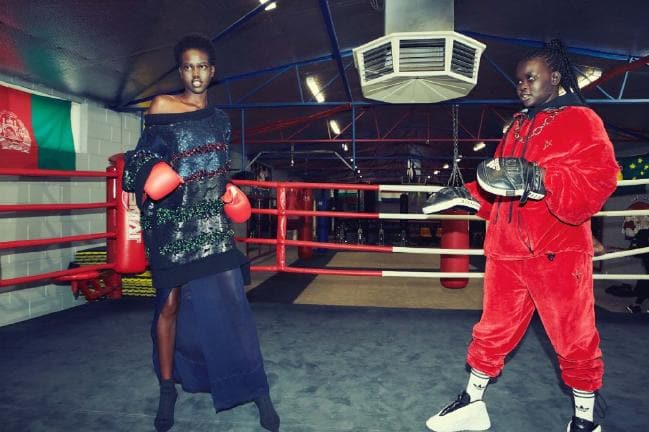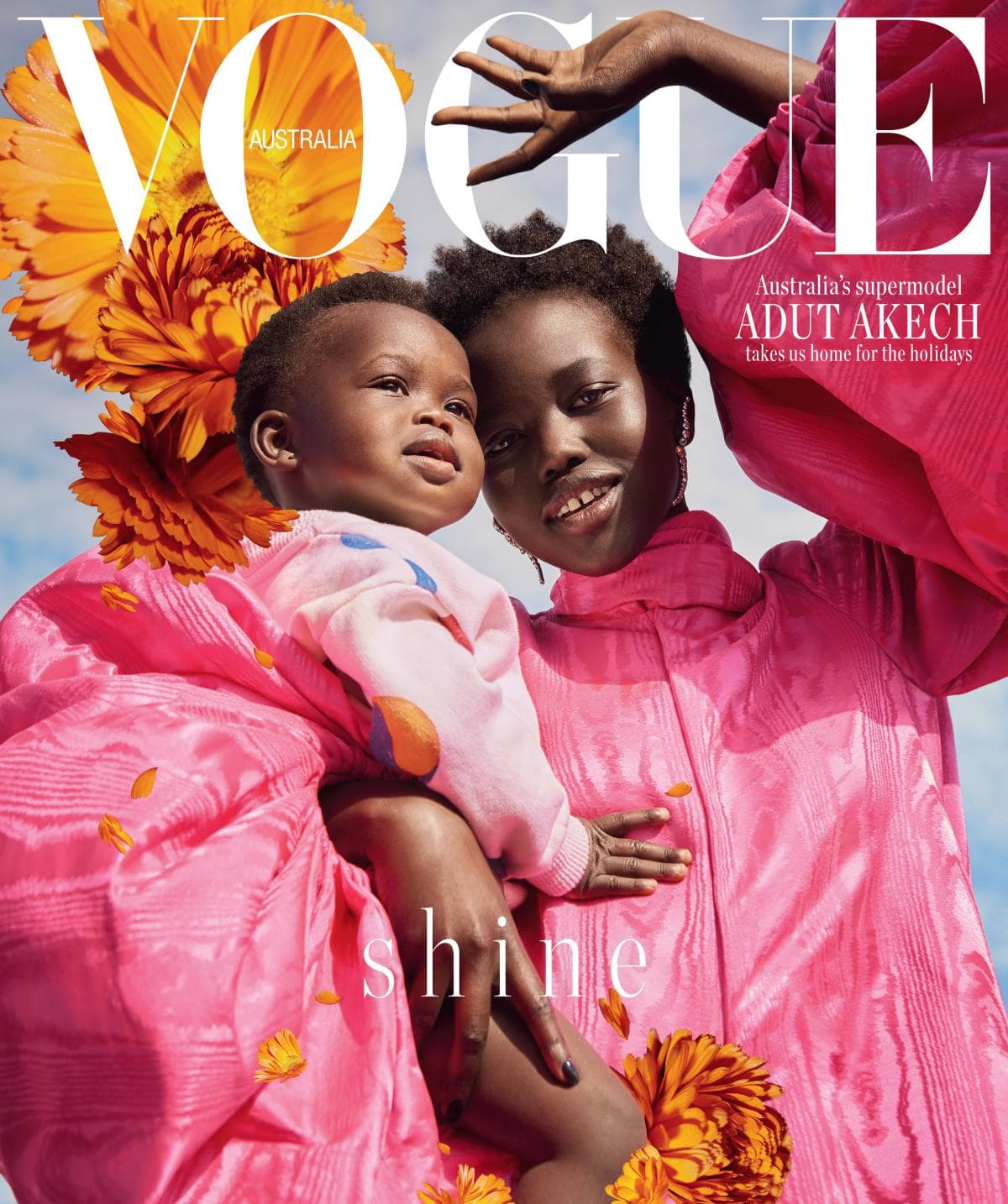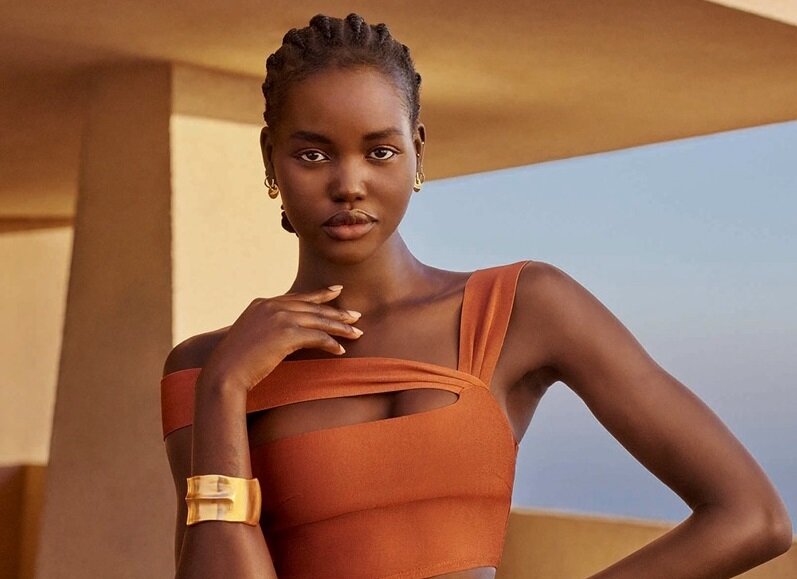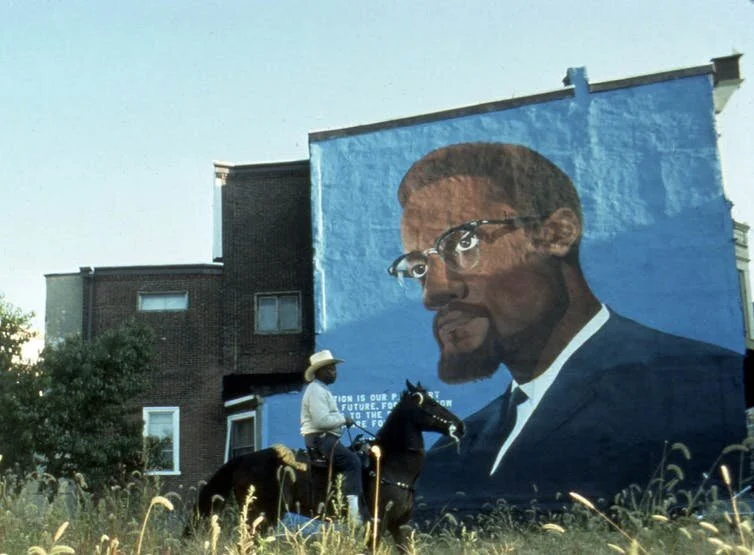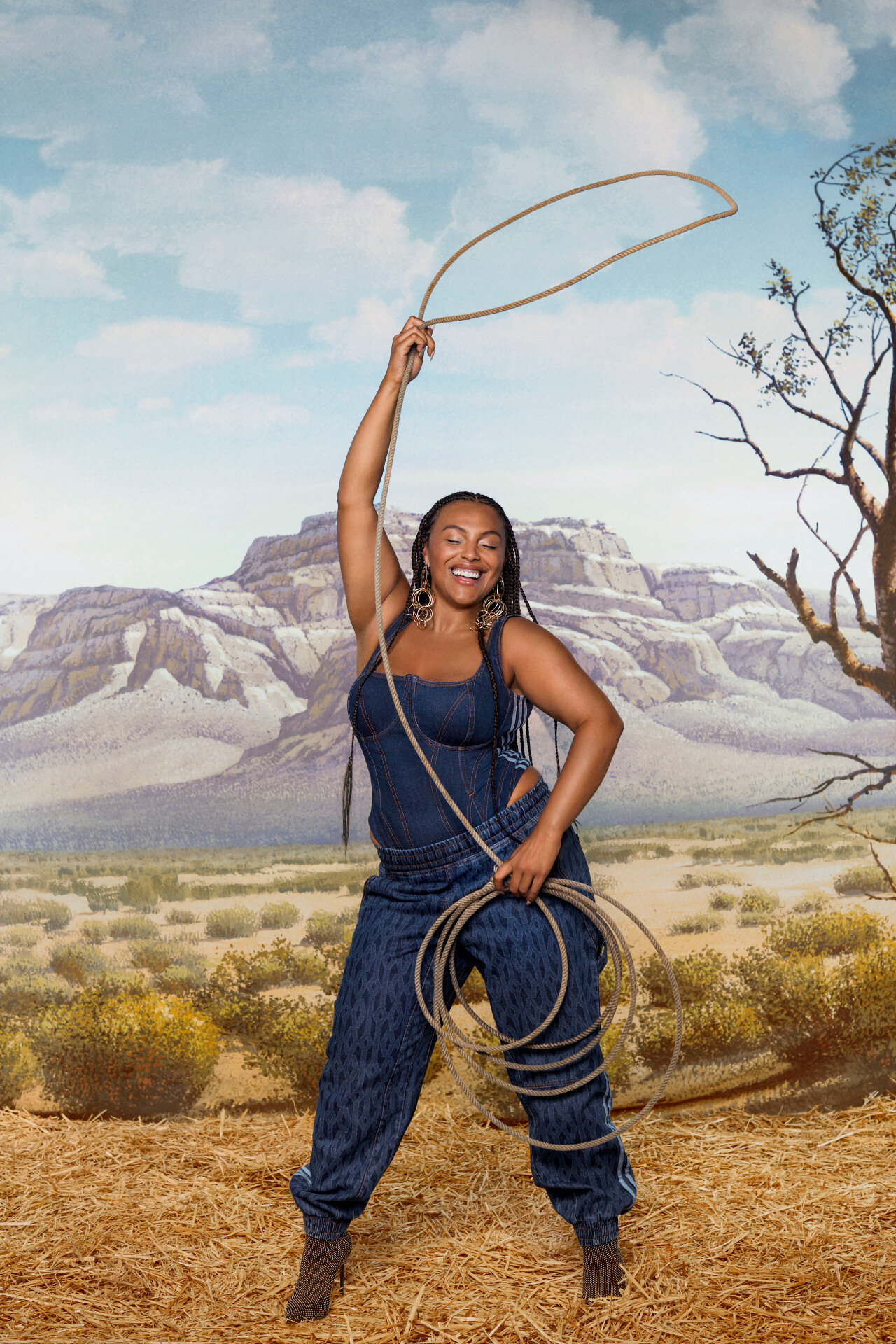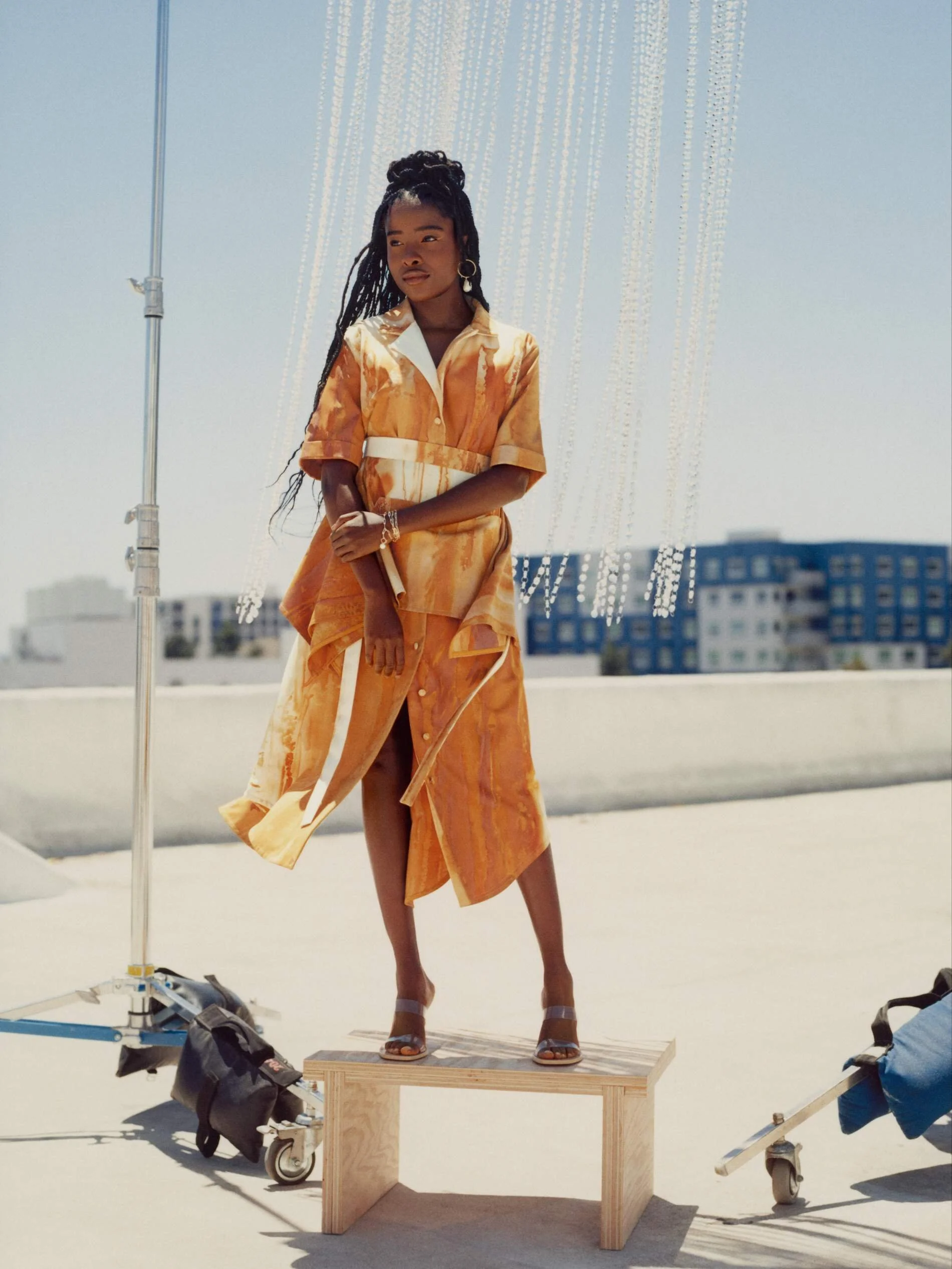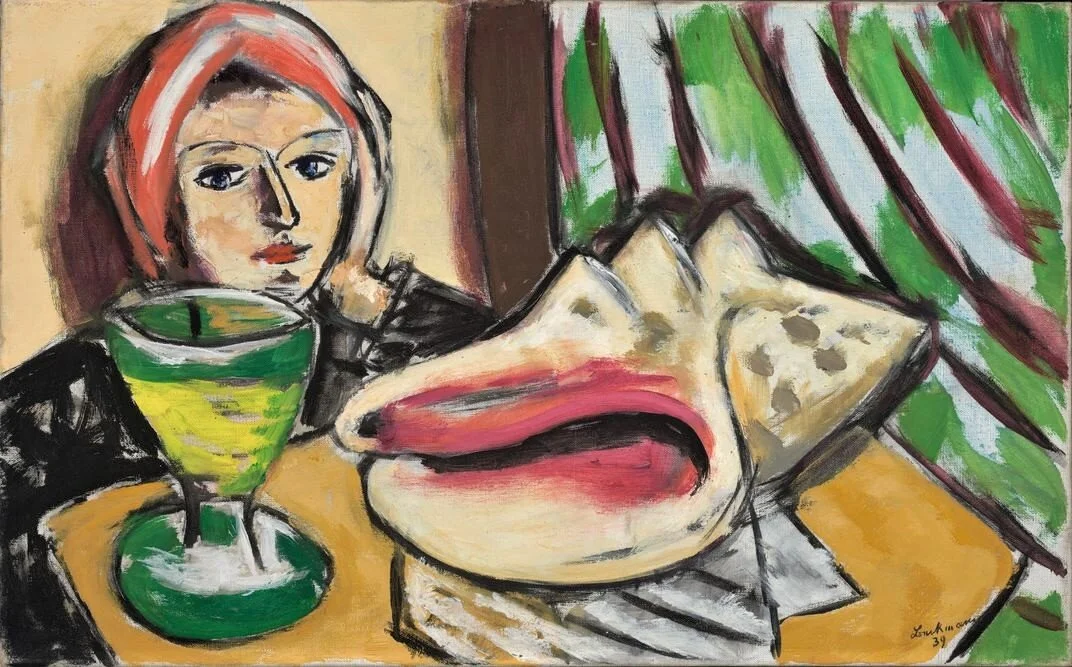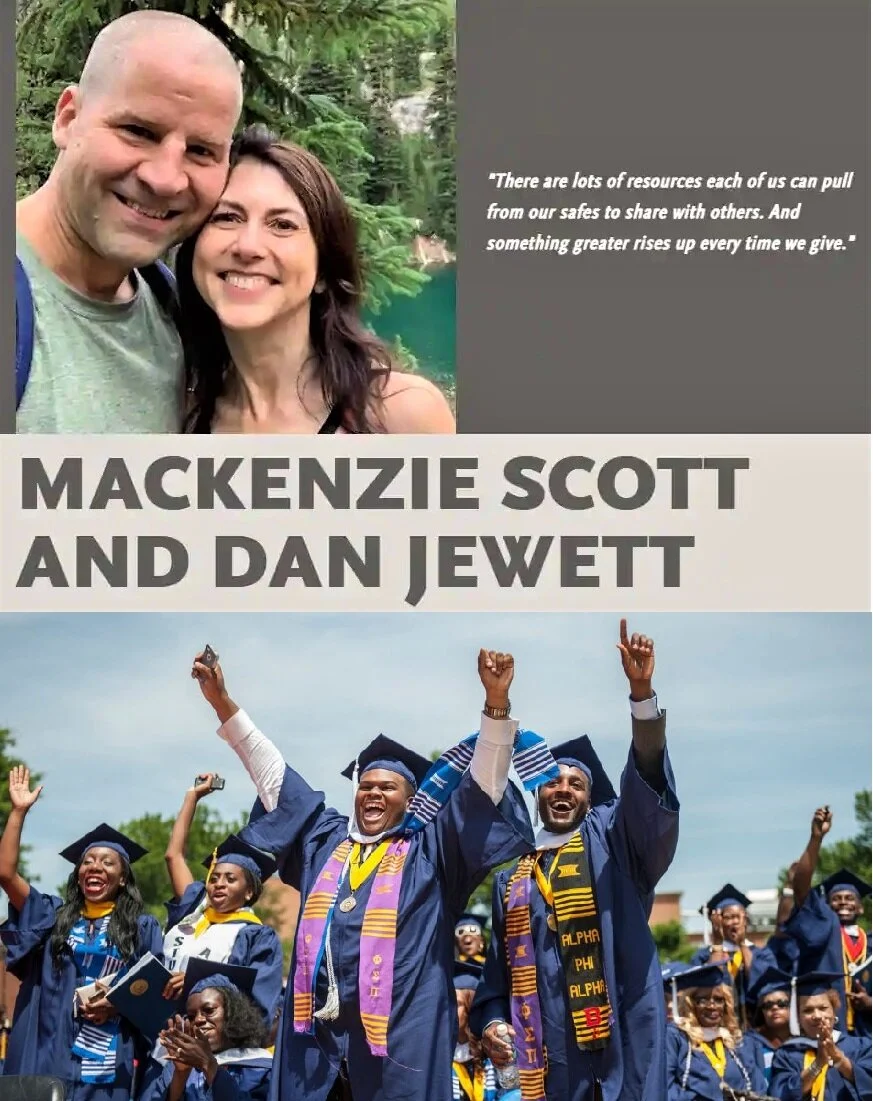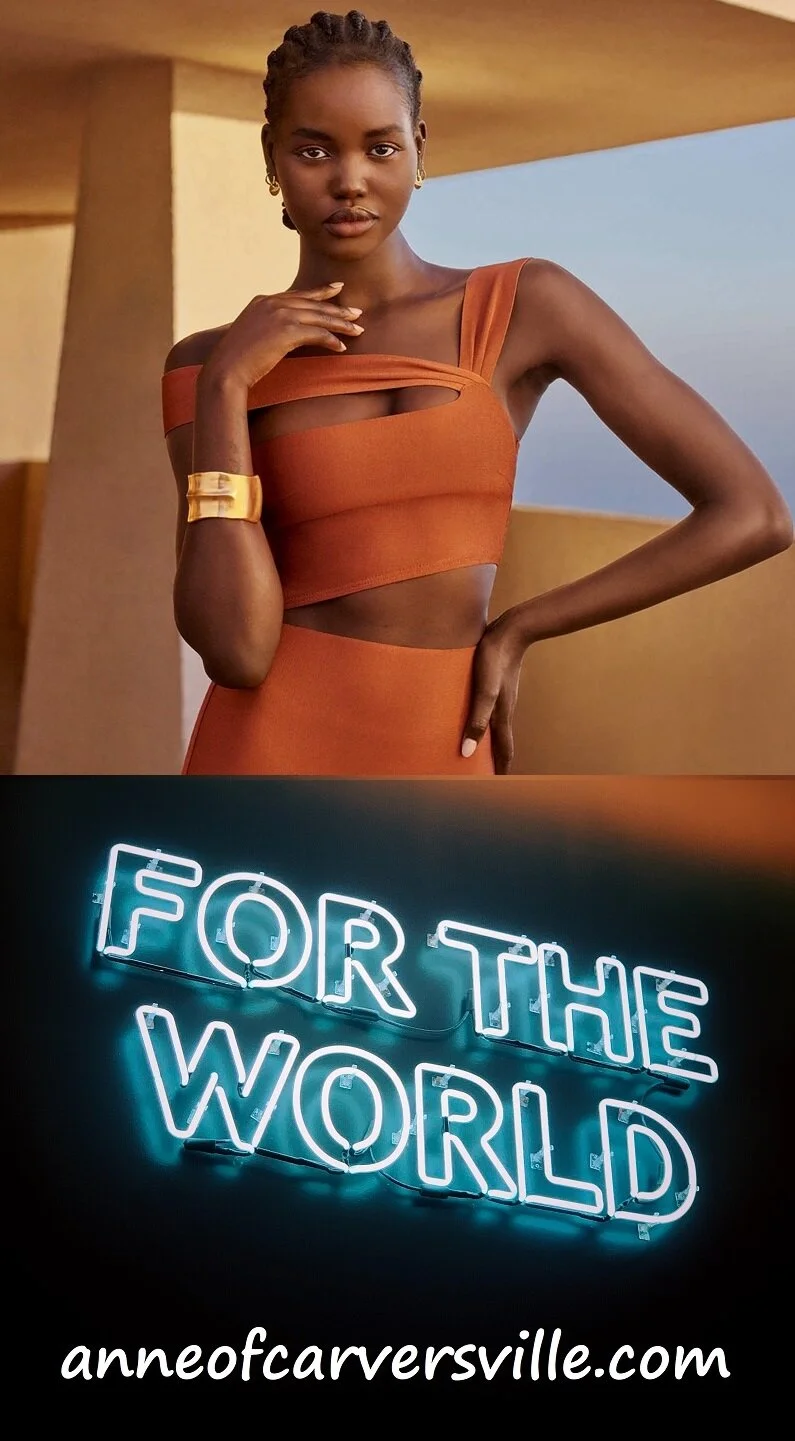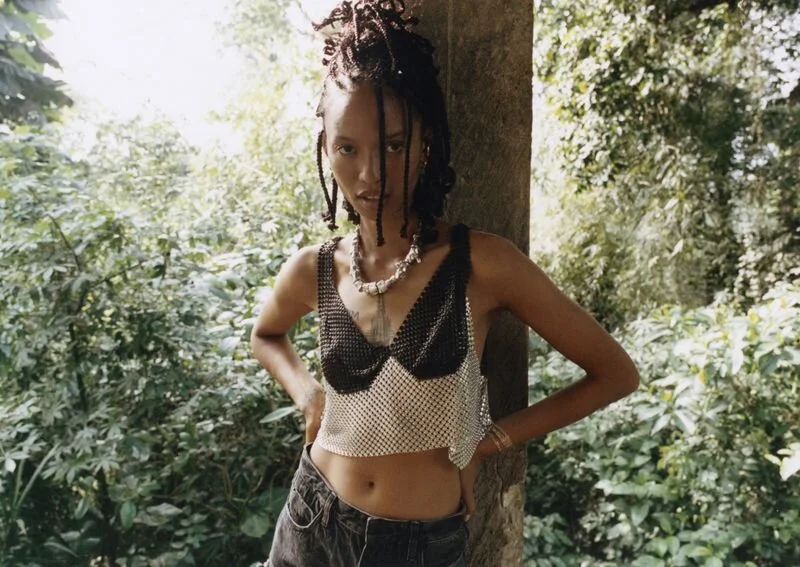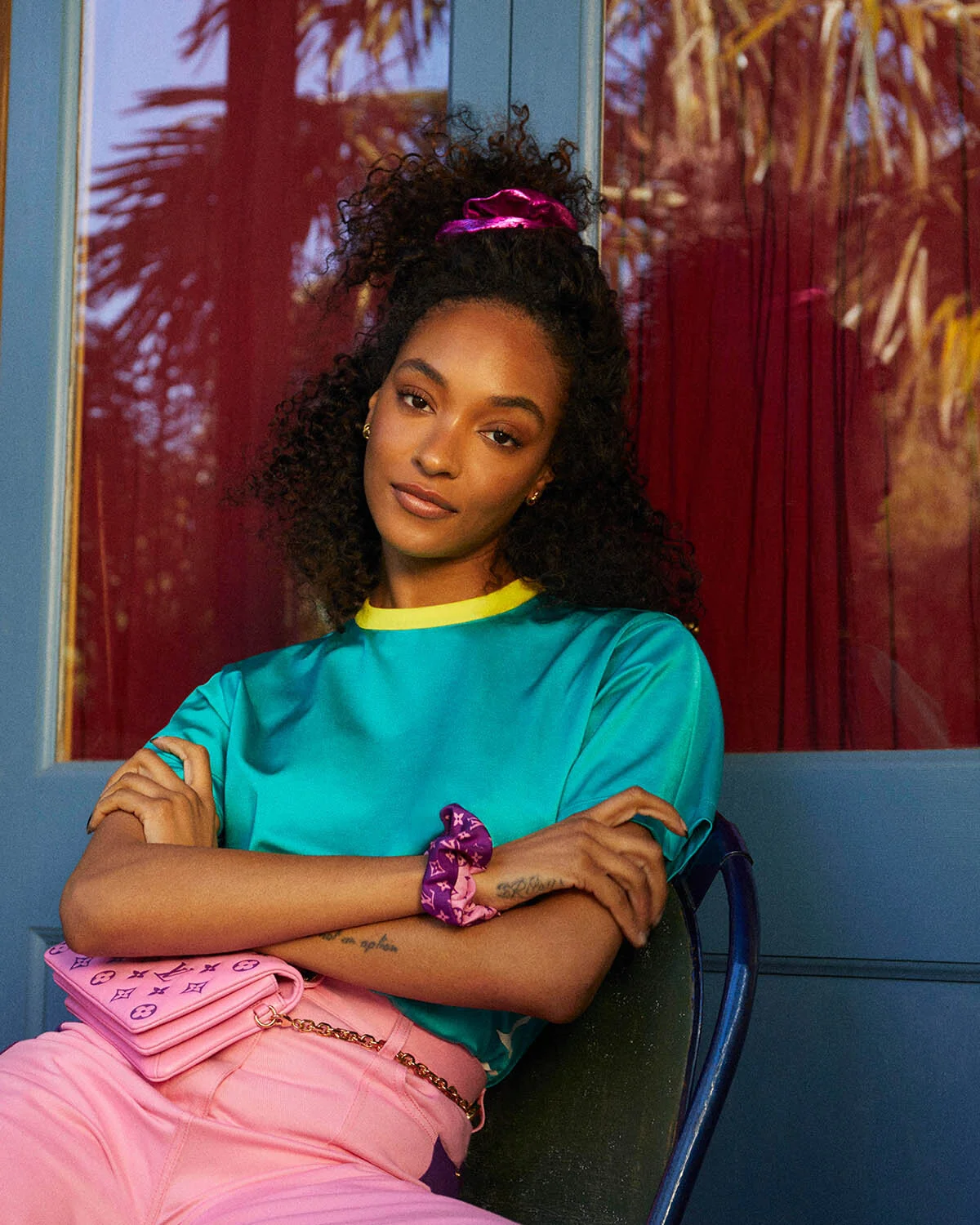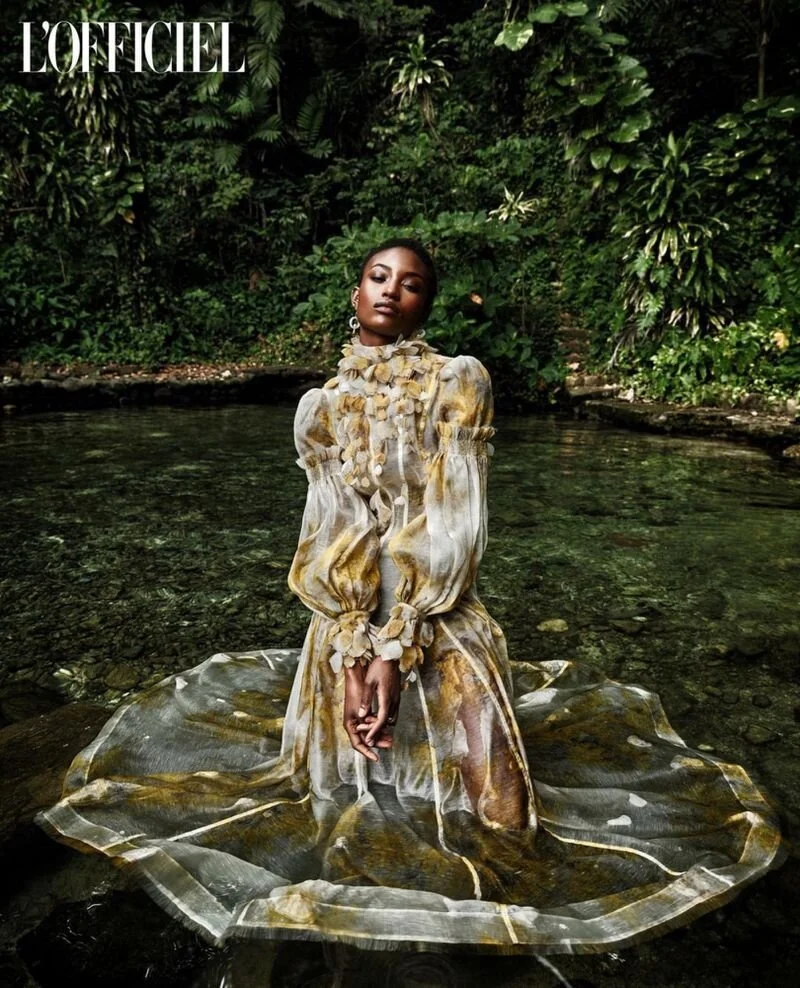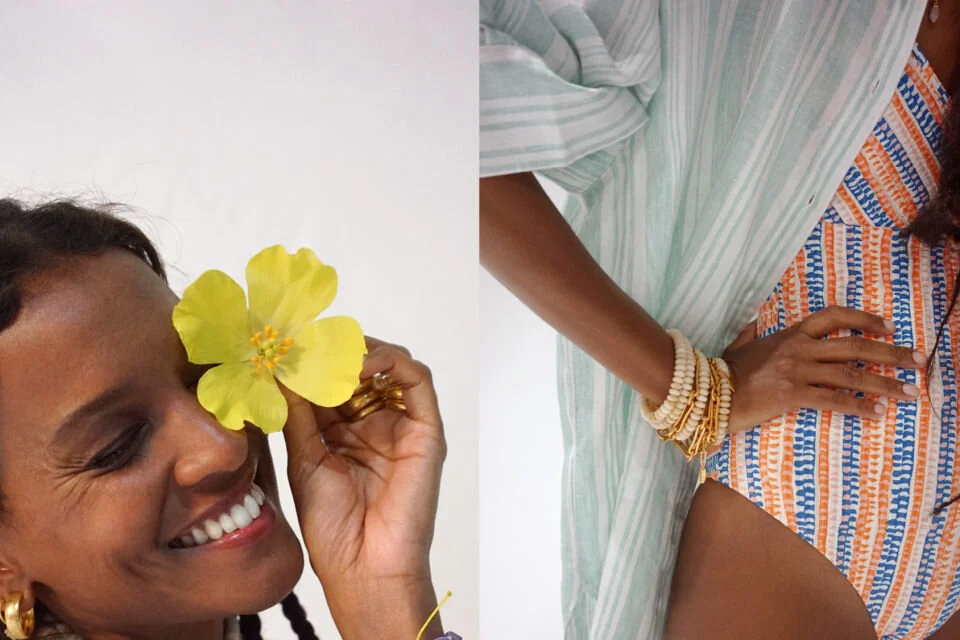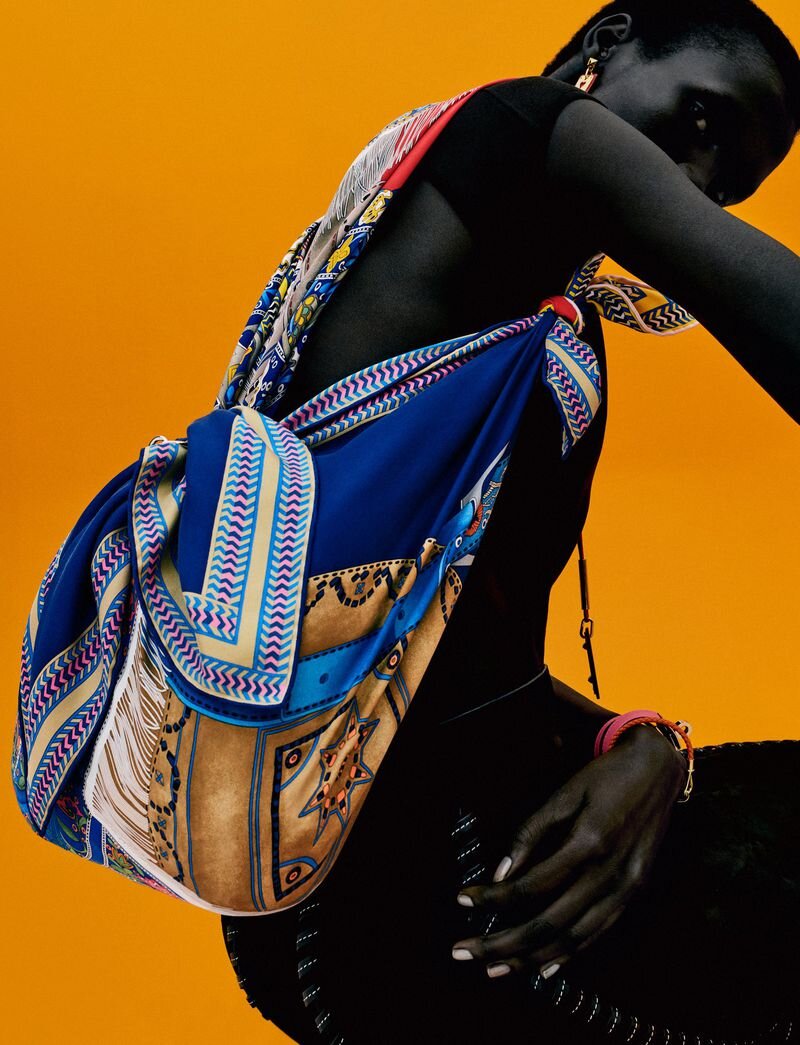Adut Akech Covers Vogue Australia December 2018 With In-Depth Look At Life + Family
/It’s been a phenomenal time for Adelaide, Australia’s rising star model Adut Akech. Launched as a Saint Laurent exclusive beginning in September 2016, she became the second black woman to ever close a Chanel fashion show, finding herself center stage with Karl Lagerfeld in the Chanel Haute Couture Fall 2018 presentation. In between these major fashion career milestones, Adut was center stage in Tim Walker’s 2018 Pirelli calendar, with its first all-black cast.
Now the former refugee finds herself on the cover of Vogue Australia’s December issue, in a feature about her life, her friends and family, even her school. Adut is also one of four models covering separate issues of British Vogue’s December issue.
Jillian Davison styles Adut, with photography by Charles Dennington. Alice Birrell conducts the interview.
Adut reflects on her small group of close friends
Although she enjoys people and is known for being very helpful to new models, Adut maintains a small group of friends. “My circle is so tiny. I pick my friends very wisely, and very carefully,” she says. “I get along with everyone and anyone, but there’s a difference between just getting along and actually being friends.” Kaia Gerber and Fran Summers count as actual friends. “Adut is amazing. She has this presence about her that goes beyond her undeniably beautiful looks,” Gerber writes over email. “People appreciate working with someone as kind as her, who creates a positive atmosphere.” Summers feels the same: “Adut is my best friend in this industry as we started doing shows at pretty much the same time. We tell each other everything. She can make anyone feel special.”
Adut rejects the competitive jungle atmosphere of the model industry — a situation that often pits girls against each other competing for the same jobs. Adut doesn’t go in for this — perhaps she’s seen enough aggression in her short life? “I get so happy when I see my really good friends going so well; they’re opening shows, they’re closing shows,” she says. During fashion month she gets texts every morning from them checking on her, saying: “How are you feeling today?” or: “I hope you have a good day.”
Adut on growing racial diversity on the fashion runway:
“When I first started there were a select few black models who were doing good, and nobody else was noticed, but now every season there’s somebody coming in, there are black girls, and Asian girls – different girls,” says Adut, who in just three years has noticed a change and sees not only runway privileges but high-paying advertising jobs increasingly available for a diverse range of women. “I always say there’s still a long way to go, but, you know, you can’t take away from the fact that movement is happening.”
From South Sudan to Australia via UN Kakuma Refugee Camp
Adut Akech Bior grew up in the UN Kakuma Refugee Camp, the same camp that served as home to rising star Halima Aden. Located in north-west Kenya, near the Ugandan and South Sudanese borders, Kakuma today has a population of over 185,000 refugees, fleeing violence and unrest in the East African region. Today South Sudan still produces the third most refugees in the world – 2.4 million out of 25.4 million globally.
From Narus in South Sudan, the family fled over the Kenyan border to Kakuma, where Adut spent time playing with her siblings. Her older sister Kim went to school, as the only child the family could afford to educate. There was one oil lamp to use at night, writes Burrell, so Kim taught Adut to write during the day. The family moved to Adelaide in 2008 they were some of the 13,412 refugees granted visas.
Vogue Australia digs deeply into Adut’s life in Australia in an excellent interview well worth the read.
In closing, Adut leaves us with an important message at this critical time in world history:

